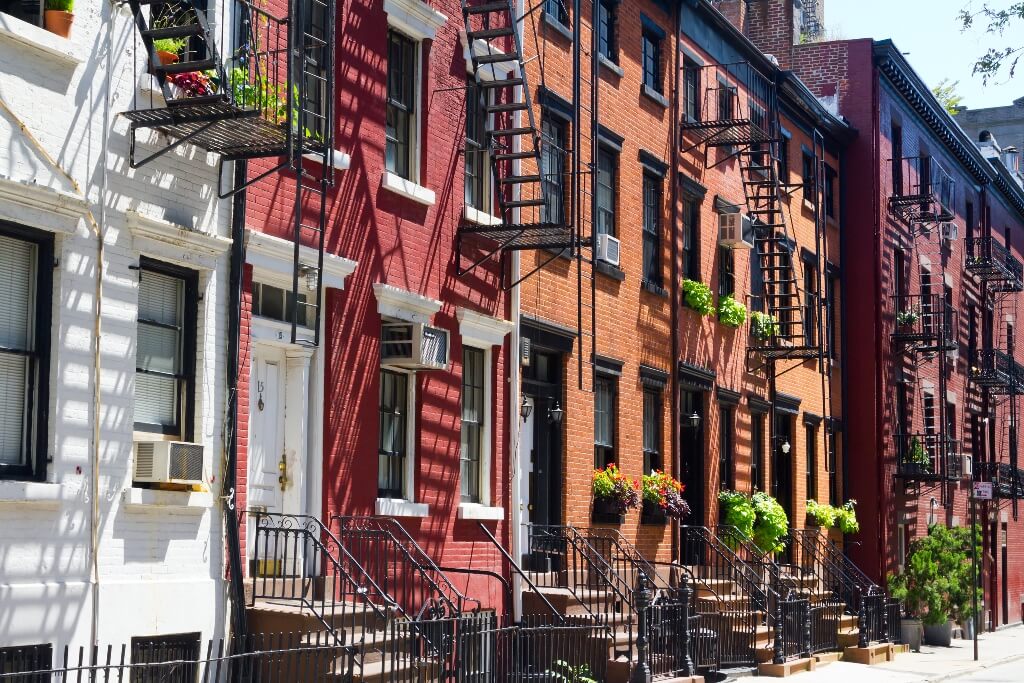NEW YORK CITY—Call it a ripple rather than a storm surge, yet Reis is seeing apartment vacancy tick upward ever so slightly. “It appears as if the market has finally reached its inflection point during the third quarter,” says Ryan Severino, the firm’s senior economist and director of research, who predicts a faster upward pace in the coming months.
Q3 saw nationwide vacancy inch upward by 10 basis points to 4.3%, thanks to construction slightly outpacing net absorption, according to Reis data released Friday. That represented “a slight acceleration of a trend” that began in Q2 2014, although the uptick was followed by a slight decline in vacancy earlier this year.
“Importantly, this rise in vacancy has occurred without the deluge of new supply that is in the pipeline but has not yet hit the market,” Severino says in a commentary on the firm’s latest multifamily numbers. “When that occurs, likely in the next few quarters, vacancy increases are sure to accelerate because the market will not be able to digest that much new product.”
On a year-over-basis, though, Q3’s vacancy rate was unchanged from the same period last year. In fact, Severino says it has largely maintained the status quo for the past couple of years as supply and demand have balanced one another out.
That’s poised to change. In Q3, REIS says, construction outpaced net absorption by more than 5,000 units.
The 40,795 units delivered during the quarter represented a decrease versus Q2’s 51,442, while year-to-date completions are roughly in line with the 127,000 units delivered in the first nine months of 2014. However, Severino says, “The key difference between this year and last year is that the pipeline for new projects has swollen considerably over the last 12 months and there are tens of thousands of units that are slated to hit the market” during Q4.
“Although vacancy is unchanged over the last year, this is largely due to a weather-induced pullback in construction” during Q1, says Severino. “Without that, vacancy would likely be even higher now. Given the robust pipeline, further vacancy rate increases should be expected.”
A vacancy increase is also part of the latest three-year forecast from the Urban Land Institute, based on a survey of 48 real estate economists and analysts. The semiannual ULI survey, which as a composite of other projections offers slightly different figures than Reis, predicts that apartment vacancies will actually continue declining—to 4.5% by year’s end, a figure that represents a decline by the ULI yardstick. Over the next two years, however, they will increase to 4.8% in 2016 and 5.0% in 2017.
At the same time, ULI notes, rental growth is expected to continue at a rate above the 20-year average during that time, albeit at a slower pace by ’17. Moreover, compared to the previous semiannual survey, “the forecasted vacancy rates for ’15, ‘16 and ‘17 are lower, and the forecasted rental rate changes are all higher,” according to ULI. And even a nationwide vacancy rate of 5.0% would be significantly below the 20-year average of 5.5%, ULI says.
The Reis report also cites strong rent growth, predicting that 2015 will go down in the ledgers as the best year since 2007 for asking rent increases. And while vacancies are expected to tick upward, “given favorable demographics, demand is not likely to implode in the coming years,” Severino says. “The number of 20- to 29-year-olds, which still constitute the bulk of the prime rental cohort, is not projected to peak until 2018. Although net absorption is unlikely to return to the robust levels from 2010 and 2011, it should remain stout for at least the next few years.”
Industry experts will provide their own candid takes on market conditions and demand drivers during this year’s RealShare Apartments conference, scheduled for Oct. 21-22 at the Westin Bonaventure in Los Angeles.


